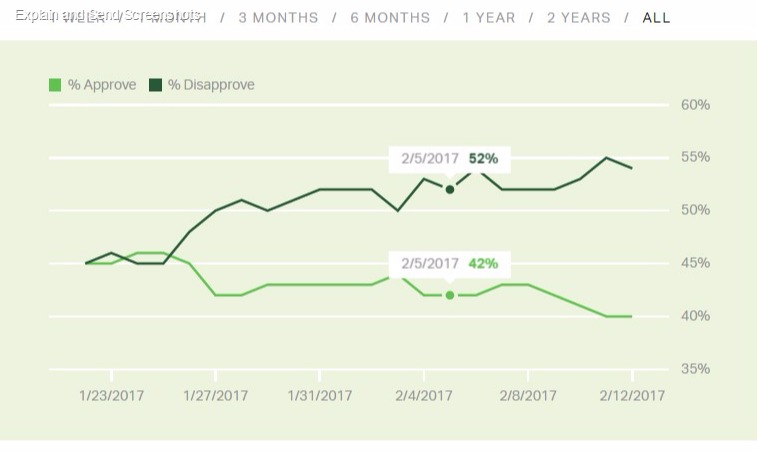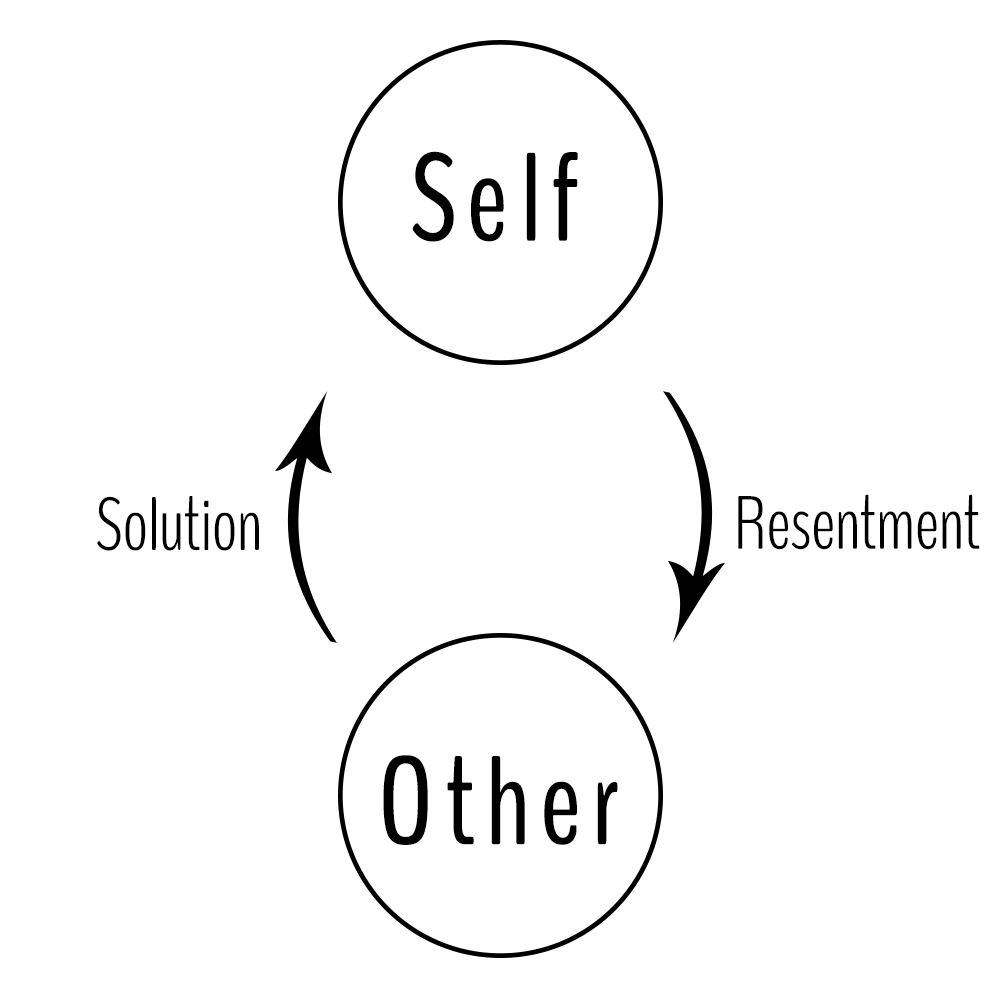Less than four weeks into a brand new American presidency that’s taking an approach to executive power that’s widely recognized as autocratic, we have a surprising amount of information about the state of morale and daily operations within the White House.
amount of information about the state of morale and daily operations within the White House.
That’s because stories about internal discord, power struggles, and general disarray within the embryonic but ambitious executive branch are leaking like a proverbial sieve.
Meanwhile troubling stories are emerging of an intelligence community that is growing more and more reluctant to share intelligence with the White House even as the administration struggles to find qualified candidates willing to even consider the role of Communications Director. In The Washington Post piece linked immediately above, speculation puts this difficulty finding and hiring good talent squarely on the shoulders of the management style of the boss:
The real problem is that it is hard to imagine any communications director feeling empowered to do what the gig typically entails: creating a strategic messaging plan for the White House.
This is not a theoretical concern. Recall that then-candidate Trump went through three surrogate communications directors in a seven-week span last summer.
On a conference call with supporters last June, Trump insulted and overruled aide Erica Freeman…, who had sent an email to surrogates instructing them to stop talking about Trump’s attack on a federal judge presiding over a case involving Trump University.
“Take that order and throw it the hell out,” Trump said…”Are there any other stupid letters that were sent to you folks?…That’s one of the reasons I want to have this call, because you guys are getting sometimes stupid information from people that aren’t so smart.”
None of this should come as a surprise to anybody with even a passing familiarity with the basic principles of Dr. Gordon’s leadership program, Leader Effectiveness Training.
Let’s quickly refresh. Method I Conflict Resolution is resorting to pure power; it goes by other names as well. Authoritarian decision-making, unilateral decision-making, leader-centered decision-making, or plain old domination. It’s Win-Lose leadership, and as Dr. Gordon reminds us in L.E.T.:
In Method I you impose a solution that enables you to get your way at the expense of the other person not getting his. Your needs are satisfied, the other person’s needs are not. Your solution prevails, his is rejected. Inevitably, the loser feels resentment toward the winner because it seems unfair… (p. 166)
Self
Other
Dr. Gordon also offers insights into how people react to these resentments based on the coping mechanisms they learned to successfully deal with authority figures in childhood. Those that worked early in life, he says, “get used again and again, and so become habitual responses to all other adults who try to control and dominate them.” (p. 15). Among the most common coping mechanisms are resistance, defiance, rebellion, negativism, lying, hiding feelings, forming alliances, and organizing against the authority figure.
Is it any wonder at least 50 “alternative” Twitter accounts claiming to be run by dissenting voices within government agencies have appeared within the past three weeks?
Perhaps more than anything else in since the inauguration, however, the rollout of the administration’s executive order on travel restrictions offers a case study of Method I leadership in its purest form. Developed in isolation by a policy team in the White House without consultation, input, or advice from legal experts in other government agencies and issued without the sort of wide-ranging and coherent communications strategy that would usually accompany such a tectonic shift in practice and policy.
As a result, the shock and reverberation from this order produced exactly the kinds of reactions one might expect, including from more than 1,000 within the State Department via its longstanding official “dissent channel,” intentionally and expressly formed in 1971 during the Vietnam War to encourage an open, formal channel for expressions of concern about policy and suggestions for changes and improvement.
The administration’s response?
But it isn’t just government employees who are reacting badly to the new boss.
The public at large, it turns out, isn’t particularly keen on “Because I Said So” as a national management style, either. Official dismissals of “fake news” aside, it’s obvious: Just a bit over three weeks into the new presidency, the American public’s response to Gallup’s daily “Approve/Disapprove” tracking poll is telling:
TL;DR: Nobody enjoys working under a leader who tyrannizes his or her group with Method I, and in business, after even just a small taste of this sort of abusive leadership, most employees dust off their resumes and seek safe harbor where their talents and opinions will be recognized, appreciated, and listened to.
While watching Method I in the White House play out in the media on a daily basis is unsettling in many ways, it is at the very least a real-time affirmation of everything we already knew about the uses and abuses of Method I in leadership—and a full-throated cautionary tale against those who might be tempted to fall back on it, especially when the stakes are impossibly high.


